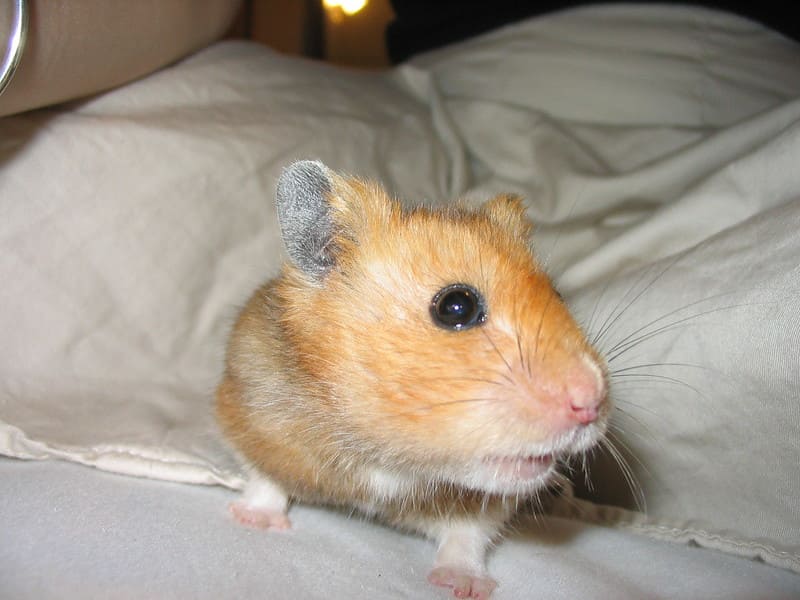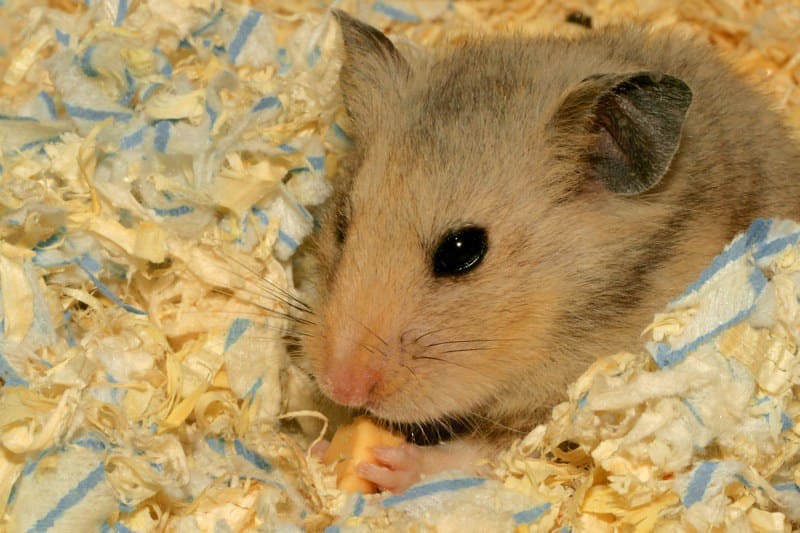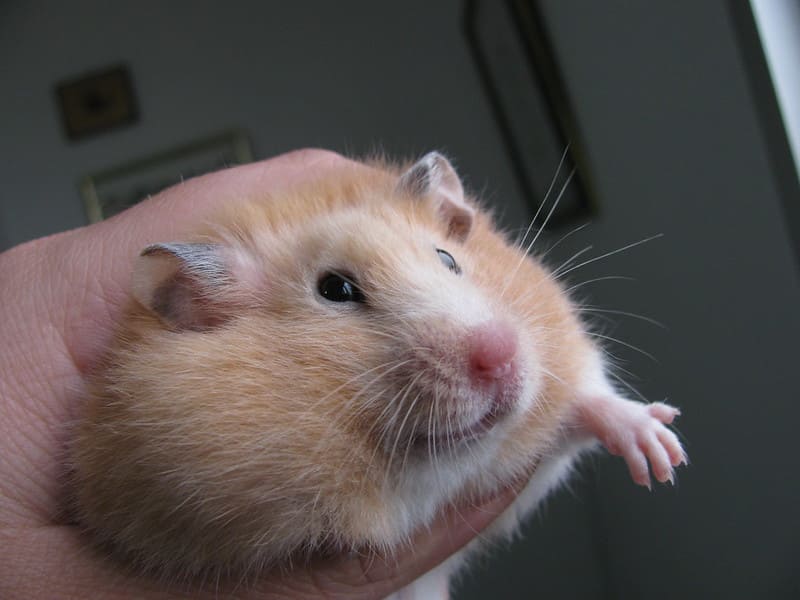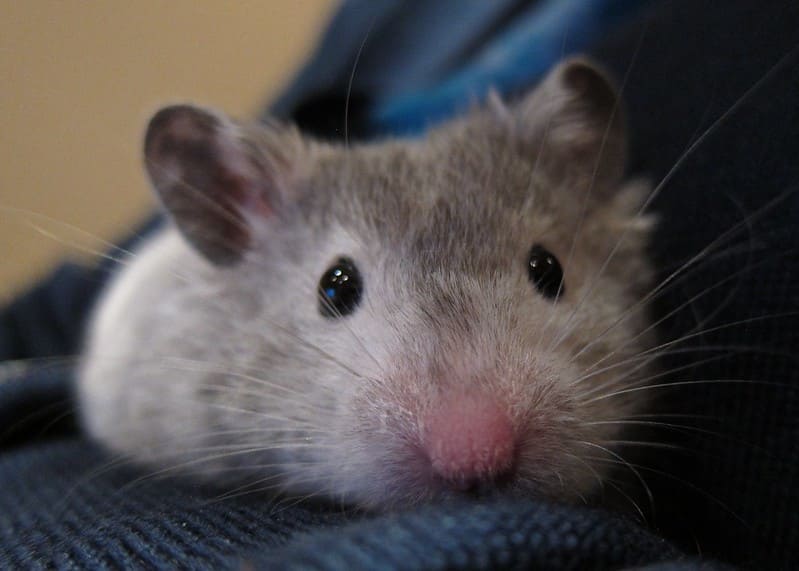Hamsters are delightful little pets that have become popular companions for people of all ages. These small, nocturnal rodents are known for their endearing personalities and inquisitive nature. However, like all pets, hamsters require proper care to thrive in captivity. One crucial aspect of hamster care is exercise. But how often do hamsters need to exercise, and what forms of exercise are best for these tiny creatures? In this comprehensive exploration of hamster exercise, we will delve into the importance of physical activity for hamsters, the types of exercises they can engage in, and the frequency at which they should be provided with opportunities to stay active.

1. The Importance of Exercise for Hamsters
Before we discuss the frequency of exercise for hamsters, it’s essential to understand why exercise is crucial for their well-being. Like any other living creature, hamsters benefit from physical activity in various ways.
1.1. Physical Health
Exercise plays a vital role in maintaining a hamster’s physical health. It helps them maintain a healthy weight and muscle tone. Hamsters, particularly certain breeds like the Syrian hamster, have a propensity for obesity if not given the opportunity to exercise. Obesity can lead to numerous health problems, such as diabetes and heart disease. Regular physical activity helps to prevent these issues.
1.2. Mental Stimulation
Exercise also provides mental stimulation for hamsters. These intelligent creatures need to engage their minds as well as their bodies. Exercise can include exploring new environments, solving puzzles, and encountering different textures and smells. All of these activities stimulate a hamster’s curiosity and keep their minds active.
1.3. Social Interaction
For social hamster species like dwarf hamsters, social interaction is a significant part of their lives. Exercise can offer opportunities for hamsters to interact with their owners or other hamsters, promoting social bonds and preventing loneliness.
Now that we understand why exercise is essential for hamsters, let’s explore the types of exercises they can engage in and the recommended frequency of these activities.
2. Types of Hamster Exercises
Hamsters are small, agile creatures with a natural instinct for exploration and physical activity. Providing them with a variety of exercise options can enrich their lives and keep them healthy and happy. Here are some common types of exercises suitable for hamsters:
2.1. Wheel Running
One of the most iconic images of hamsters is them running on a wheel. Hamster wheels are a popular form of exercise for these pets. They come in various sizes, and it’s important to choose a wheel that’s appropriate for your hamster’s breed. Syrian hamsters, for example, require larger wheels, while dwarf hamsters can use smaller ones. Wheel running allows hamsters to engage in natural running behaviors, and it’s a great way to ensure they get regular exercise. The frequency of wheel running can vary, but most hamsters will use it extensively during their active hours.
2.2. Playpen or Play Area
Creating a designated play area or playpen for your hamster is an excellent way to provide them with exercise and mental stimulation. You can use hamster-safe toys, tunnels, and obstacles to set up an interactive environment for them to explore. This allows your hamster to engage their natural instincts and provides an opportunity for mental and physical exercise. Offer different toys and rearrange them periodically to keep things interesting for your pet.
2.3. Tunnels and Hideaways
Hamsters love to burrow and create nests, and providing them with tunnels and hideaways can satisfy this instinct while promoting exercise. You can use hamster-safe materials to create a maze-like environment in their enclosure, which encourages exploration and movement. It also gives them a sense of security, which is important for their well-being.
2.4. Hamster Balls
Hamster balls are clear, plastic spheres that you can place your hamster inside. They can roll around in the ball, exploring the house without the risk of escaping or getting lost. Hamster balls are an excellent way for your pet to get exercise while also allowing them to investigate new areas in your home. However, it’s crucial to supervise them while in the ball and limit their time in it to avoid overexertion.
2.5. Obstacle Courses
Creating a mini obstacle course using hamster-safe materials can be a fun and challenging way to provide exercise for your pet. You can include items like ramps, tunnels, bridges, and climbing structures. This type of exercise stimulates both their physical and mental faculties.
2.6. Social Interaction
For social hamster species like dwarf hamsters, interacting with their owner or a same-species companion can be an essential form of exercise. Handling and playing with your hamster regularly can keep them active and engaged. Social interaction helps prevent loneliness, a common issue in solitary hamsters.

3. How Often Should Hamsters Exercise?
Now that we’ve explored the importance of exercise for hamsters and the various types of exercises they can engage in, let’s address the critical question: How often should hamsters exercise?
The frequency of exercise for hamsters can vary based on several factors, including their breed, age, and individual preferences. Here are some general guidelines:
3.1. Daily Exercise
In an ideal scenario, hamsters should have the opportunity for some form of exercise every day. Hamsters are naturally active creatures, especially during their nighttime hours. Providing daily exercise helps them maintain their physical and mental well-being. Most hamsters will run on their wheel regularly, and you can also offer other exercise options like a playpen or time in a hamster ball.
3.2. Wheel Running
Hamsters are known for their love of running on wheels. They can run on their wheel for extended periods, and many will do so during their active hours, which are primarily during the night. Ensure your hamster has access to their wheel during their active periods, and they will use it as often as they need to.
3.3. Social Interaction
If you have a social hamster species, it’s important to interact with them daily. Handling and playing with your hamster can serve as both physical and mental exercise. Additionally, if you have multiple hamsters, they will engage in social activities within their enclosure, providing each other with exercise and mental stimulation.
3.4. Playpen or Play Area
Designating a specific time each day for your hamster to explore a playpen or play area can be a great way to ensure they get daily exercise. Make sure the environment is safe and contains engaging items for them to interact with.
3.5. Variety
Variety is key in hamster exercise routines. Change the toys and setups in their enclosure regularly to prevent boredom. Hamsters are naturally curious, and new stimuli will keep them engaged and active.
3.6. Monitor Your Hamster
It’s important to monitor your hamster’s behavior and activity levels. If you notice a decrease in their activity, it could be a sign of illness or stress. Keep an eye on their wheel, play area, and overall behavior to ensure they are getting the exercise they need.
3.7. Balance Rest and Activity
While it’s crucial to provide opportunities for exercise, it’s equally important to allow your hamster to rest. Hamsters need plenty of sleep, and they are most active during the night. Be mindful not to disturb them during their daytime sleep.
3.8. Adjust to Individual Needs
Every hamster is unique, and their exercise needs can vary. Pay attention to your pet’s behavior and adjust their exercise routine to meet their individual preferences. Some hamsters may be more active than others, and it’s important to cater to their specific needs.

4. Considerations for Hamster Exercise
When determining the frequency of exercise for your hamster, it’s essential to consider specific factors that can influence their needs and preferences.
4.1. Age
The age of your hamster can impact their exercise requirements. Young hamsters, such as baby hamsters, are typically more energetic and may need more frequent exercise. Older hamsters might have less energy and prefer shorter, less intense exercise sessions.
4.2. Breed
Different hamster breeds have varying exercise needs. Syrian hamsters, for instance, are larger and more active than dwarf hamsters. Be sure to choose exercise equipment and activities that are suitable for your hamster’s breed.
4.3. Health
The health of your hamster is a crucial factor in determining their exercise routine. If your hamster has any health issues or injuries, it’s essential to consult with a veterinarian to develop an exercise plan that accommodates their condition.
4.4. Space and Enclosure
The size and layout of your hamster’s enclosure also play a role in their exercise opportunities. Ensure that their cage or habitat has enough room for a wheel, hideaways, tunnels, and other exercise elements. A spacious enclosure allows your hamster to explore and stay active.
4.5. Weather and Temperature
Extreme temperatures can affect your hamster’s exercise routine. Hamsters are sensitive to temperature changes, so ensure they are kept in a suitable environment. Extreme heat or cold can discourage them from exercising.
4.6. Time of Day
As nocturnal creatures, hamsters are most active during the night. If possible, schedule their exercise activities during their active hours to ensure they get the most out of their playtime.

5. Signs of a Happy and Healthy Hamster
Monitoring your hamster’s overall well-being is essential in addition to maintaining their exercise routine. Here are some signs of a happy and healthy hamster:
- Active and Alert: A healthy hamster should be active and alert during their nighttime hours, displaying curiosity and engaging with their environment.
- Healthy Weight: A well-exercised hamster should maintain a healthy weight, not too overweight or underweight.
- Grooming: Hamsters are excellent self-groomers. Regular grooming is a sign of good health and well-being.
- Social Interaction: Social hamster species should display positive interactions with their owner or cage mate, indicating they are not lonely or stressed.
- Regular Eating and Drinking: Your hamster should have a healthy appetite and access to fresh food and water. Any changes in eating habits should be noted and investigated.
- Playfulness: Playful behavior, such as climbing, exploring, and interacting with toys, is a positive sign.
- Resting Comfortably: Your hamster should have a comfortable place to rest and sleep during the day.
- Clean Habitat: A clean and well-maintained habitat is essential for their health.
6. Conclusion
Exercise is a vital component of hamster care. It contributes to their physical health, mental stimulation, and social well-being. The frequency of exercise for hamsters can vary depending on their age, breed, health, and individual preferences. Providing a variety of exercise options, such as wheel running, playpens, tunnels, and social interaction, ensures that your hamster stays happy and healthy.
To determine the appropriate exercise routine for your hamster, pay attention to their behavior and adjust as needed. Ultimately, a well-exercised hamster is a content and thriving pet, and by understanding their unique needs, you can provide them with the best care possible.
Remember that the well-being of your hamster should always be a priority, and providing them with opportunities for exercise and enrichment is a fundamental aspect of responsible hamster ownership.
